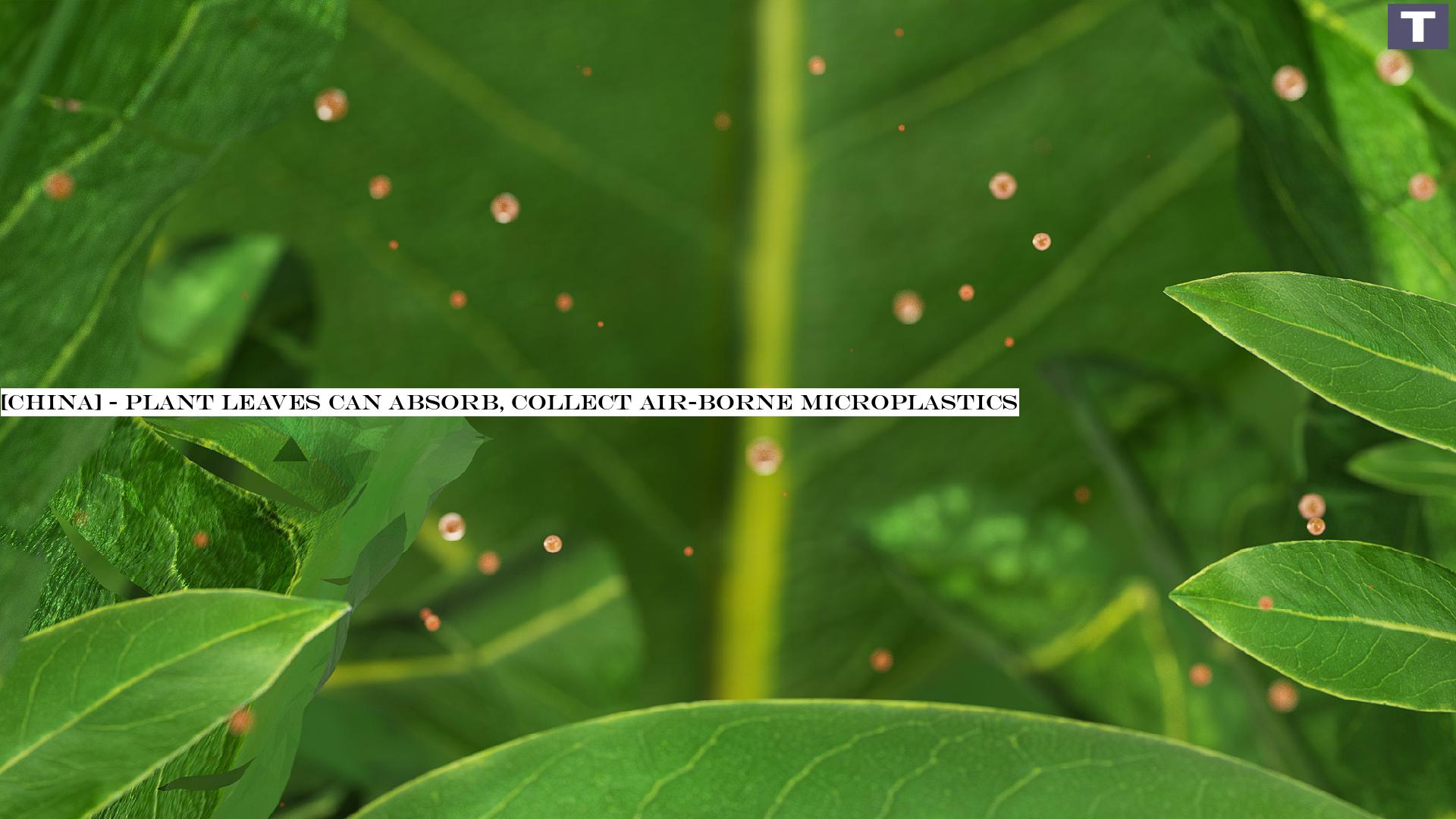
A joint study led by Chinese researchers has demonstrated that plant leaves can absorb and accumulate air-borne microplastics, revealing a direct path for these pollutants to go into the food chain and human bodies.The study, released online on Wednesday in the journal Nature, was conducted by scientists from Nankai Universitys College of Environmental Science and Engineering, the University of Massachusetts Amherst, the Chinese Academy of Sciences Research Center for Eco-Environmental Sciences, Northeastern University and the Beijing Academy of Agriculture and Forestry Sciences.While previous research studies revealed that soil microplastics can be taken in by plant roots with restricted upward transport, this research study effort highlights airborne microplastics as a more instant eco-friendly threat.Through mass spectrometry analysis, researchers spotted widespread presence of polyethylene terephthalate (PET) and polystyrene (PS) polymers in plant leaves across different environments -- while likewise revealing that the higher the climatic contamination levels and the longer the leaf growth duration, the greater the concentrations of PET and PS found.
We identified PET and PS in tree and shrub leaves near polyester factories and garbage dumps, in addition to in open-field leafy veggies, said Li Ye, initially author and PhD candidate at Nankai University in north Chinas Tianjin Municipality.
Advanced imaging methods exposed soaked up microplastic particles in leaves from polluted areas.Laboratory simulations even more validated that corn leaves can take in microplastics through stomata, transferring particles to vascular tissues and accumulating them in leaf trichomes.
Global attention is heightening on micro and nano plastic pollution, with their hazardous impacts on organisms significantly documented, stated Wang Lei, a professor at Nankai Universitys College of Environmental Science and Engineering, and co-corresponding author of the study.An extensive understanding of microplastics ecological behavior is important for regulating these emerging pollutants.
As plants form the foundation of food cycle, microplastics built up in leaves straight get in these systems, Wang said.The eco-friendly and health risks positioned by this pathway warrant immediate, extensive investigation, Wang added.(Cover: VCG)

 18
18

















